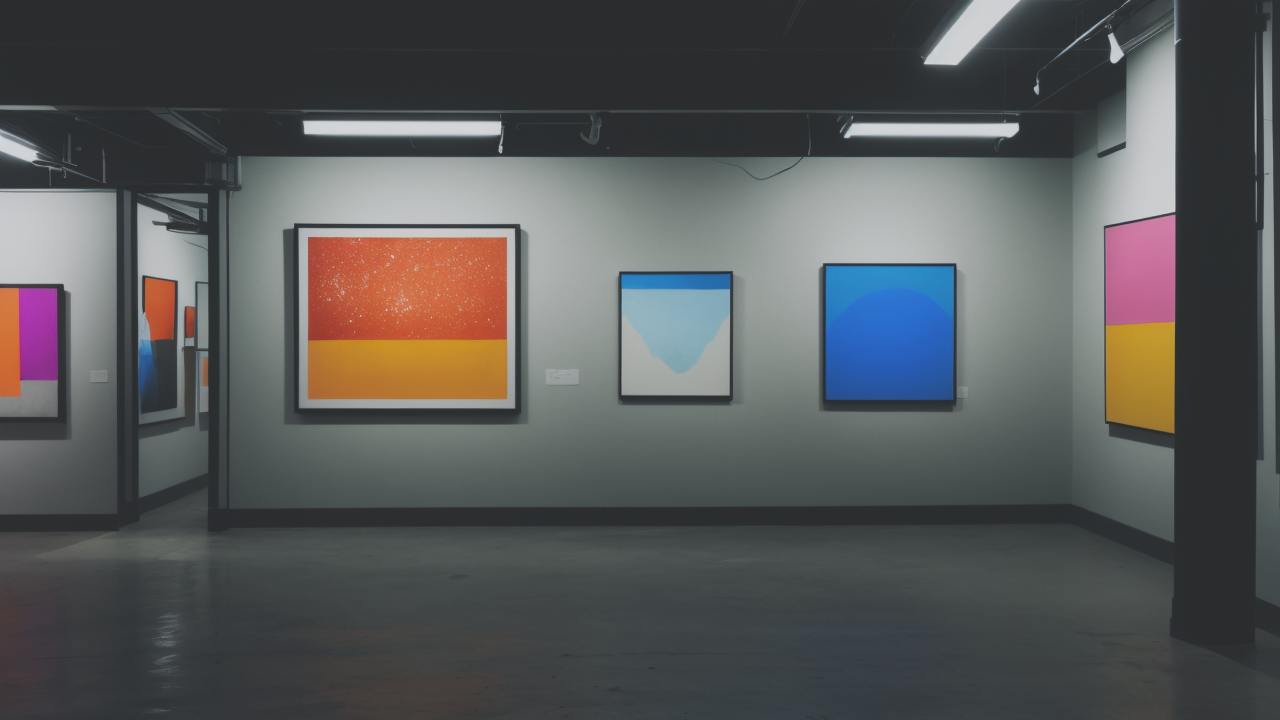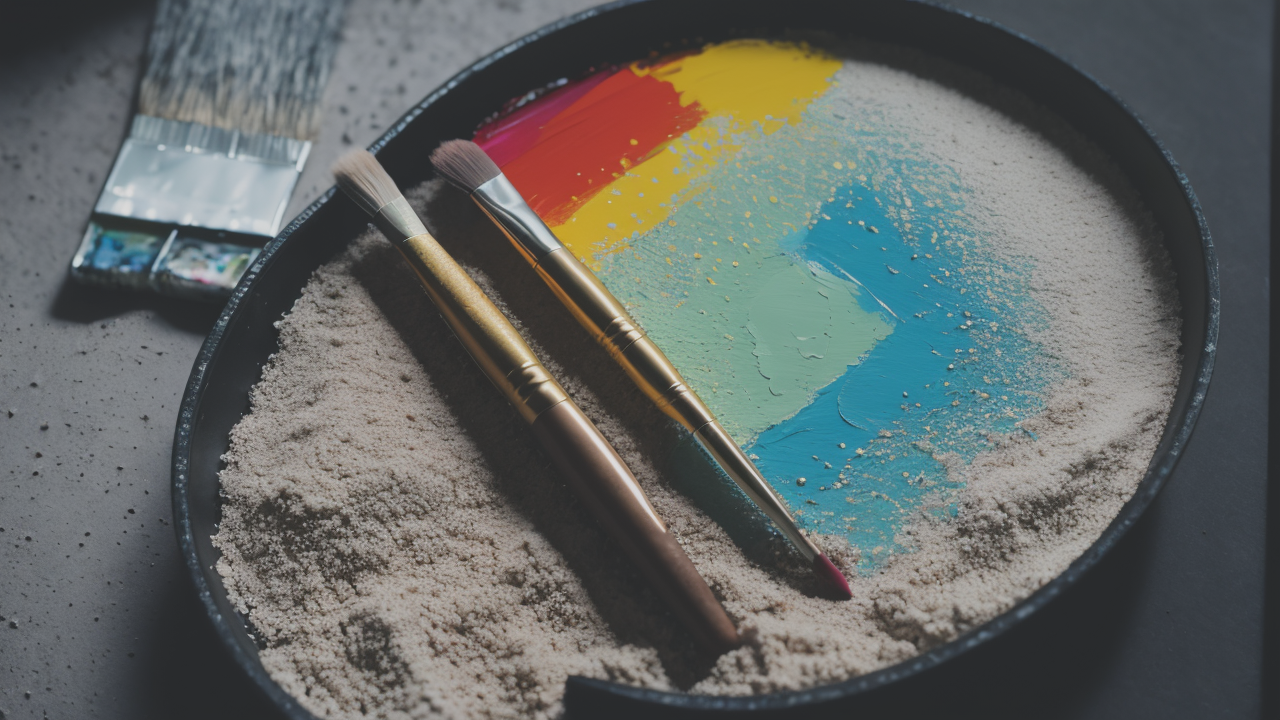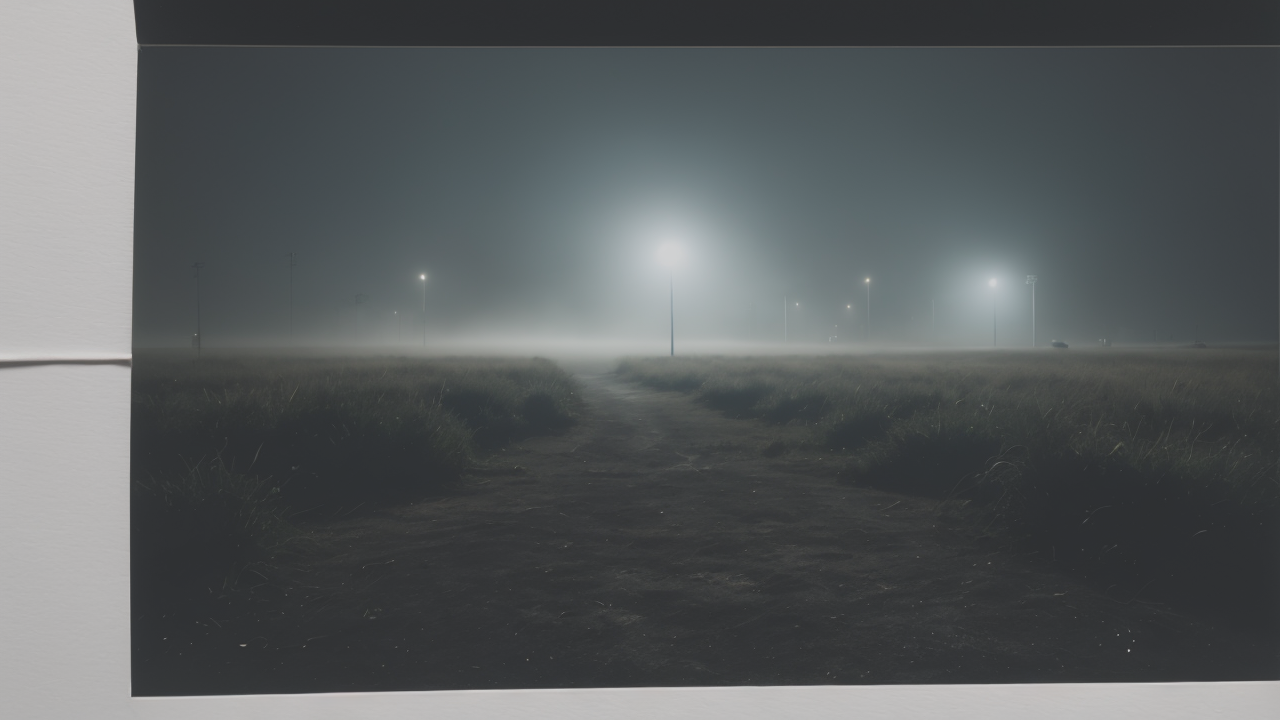
Exploring Colorful Painted Minimalist Drawings: A Modern Contemporary Art Trend
Understanding the Colorful Painting Movement
The Origins of Colorful Painting in the United States
Colorful painting in the US began to flourish in the mid-20th century. It was a reaction to the somber tones of earlier art movements. Artists started using bright, bold colors to express emotions. This shift was influenced by the optimism of post-war America. The rise of consumer culture also played a role. Pop art, led by Andy Warhol, used vibrant colors to reflect society. Abstract expressionists like Mark Rothko explored color's emotional impact. The movement gained momentum in the 1960s and 1970s. It reflected the era's energy and desire for change. Artists used color to challenge traditional norms. They created art that was visually striking and emotionally powerful.

Key Characteristics of Colorful Painting
Colorful painting is defined by its use of vivid, intense hues. Artists often use a wide range of colors in a single work. Contrast is key, with complementary colors placed side by side. Many paintings feature large areas of solid color. Shapes are often simple and clearly defined. The focus is on the interplay of different colors. Texture can vary, but many works have a smooth, flat appearance. Some artists use geometric patterns, while others prefer organic forms. The overall effect is often bold and eye-catching. Colorful paintings aim to evoke strong emotional responses. They can be playful, energetic, or even unsettling. The use of color is central to the artwork's message and impact.
The Influence of Colorful Painting on Modern Art
Colorful painting has greatly impacted modern and contemporary art. It has influenced various movements and styles. Pop art embraced bright colors to comment on consumer culture. Op art used color to create visual illusions. Color field painting explored the emotional impact of large color areas. Today, many artists continue to use vibrant colors in their work. Digital art often features bold, saturated hues. Street art and murals frequently use bright colors to grab attention. The movement has also influenced design and advertising. Bold color choices are now common in graphic design and branding. Colorful painting has shown that color itself can be a powerful form of expression.
Techniques and Materials for Achieving Vibrant Masterpieces
Selecting the Right Palette: Harnessing Color Theory
Choosing the right palette is crucial in colorful painting. Understanding color theory is key to creating impactful works. Artists often start with primary colors: red, blue, and yellow. These can be mixed to create secondary colors: green, orange, and purple. Tertiary colors offer even more options. The color wheel is a useful tool for selecting harmonious combinations. Complementary colors, opposite on the wheel, create strong contrast. Analogous colors, next to each other, create harmony. Warm colors evoke energy and passion. Cool colors suggest calm and serenity. Some artists limit their palette for a cohesive look. Others use a wide range for maximum impact. The key is to choose colors that work together to convey the desired mood.

Brushes and Tools: Finding the Perfect Fit
The right tools can make a big difference in colorful painting. Brushes come in many shapes and sizes. Flat brushes are good for large areas of color. Round brushes are versatile for details and lines. Fan brushes can create texture and blend colors. Palette knives can apply thick layers of paint. They're great for creating texture and sharp edges. Sponges can create interesting effects and textures. Some artists use unconventional tools like squeegees or rollers. The choice of tool depends on the desired effect and personal style. It's important to experiment with different tools. This helps artists find what works best for their technique. Quality tools can make the painting process smoother and more enjoyable.
The Role of Texture and Impurities in Colorful Painting
Texture adds depth and interest to colorful paintings. It can be created in various ways. Thick layers of paint, called impasto, create physical texture. Some artists mix materials into their paint. Sand, sawdust, or other items can add grit and dimension. Glazing techniques can create visual texture. This involves layering thin coats of transparent paint. Impurities can also play a role in colorful painting. Some artists deliberately leave brush marks visible. Others might allow drips or splatters to remain on the canvas. These "imperfections" can add character to a piece. They can make the painting feel more organic and alive. Texture and impurities can create contrast with smooth areas of color. This adds visual interest and depth to the artwork.
Marketing Your Colorful Paintings in a Competitive Market
Building a Strong Online Presence
In today's digital world, an online presence is crucial for artists. Social media platforms are great for showcasing work. Instagram and Pinterest are popular for visual content. Facebook can help build a community of fans. A personal website is also important. It should feature a portfolio of your best work. Include an artist statement and biography. High-quality photos of your paintings are essential. Regular updates keep your audience engaged. Blog posts about your process can be interesting. Consider offering prints or merchandise of your work. Email newsletters can keep fans informed about new pieces. Engage with your followers by responding to comments. Use hashtags to reach new audiences. Consistent branding across platforms helps create a recognizable style.

Networking and Collaborations: Growing Your Artistic Reach
Networking is key to success in the art world. Attend gallery openings and art events. Join local art associations or groups. These can provide opportunities to meet other artists. Collaborations can help you reach new audiences. Consider partnering with other artists on projects. Work with local businesses to display your art. Participate in art fairs and markets. These events can lead to sales and contacts. Online forums and groups can also be helpful. They allow you to connect with artists worldwide. Share tips and experiences with others. Be open to feedback and criticism. It can help you grow as an artist. Consider teaching workshops or classes. This can establish you as an expert in your field. Building relationships takes time, but it's valuable for your career.
Strategies for Effectively Selling Colorful Paintings
Selling art requires a mix of business and creative skills. Price your work fairly and consistently. Research comparable artists in your area. Consider factors like size, medium, and your experience. Offer a range of price points if possible. This can attract different types of buyers. Create a strong artist statement. It should explain your vision and process. Present your work professionally. Use high-quality frames or canvases. Consider the presentation when displaying in galleries. Develop relationships with local galleries and art consultants. They can help connect you with potential buyers. Be prepared to discuss your work with interested parties. Follow up with contacts and leads promptly. Consider offering commissions for custom work. Participate in online art marketplaces. These can reach a global audience. Remember, selling art is often about building relationships and trust.


